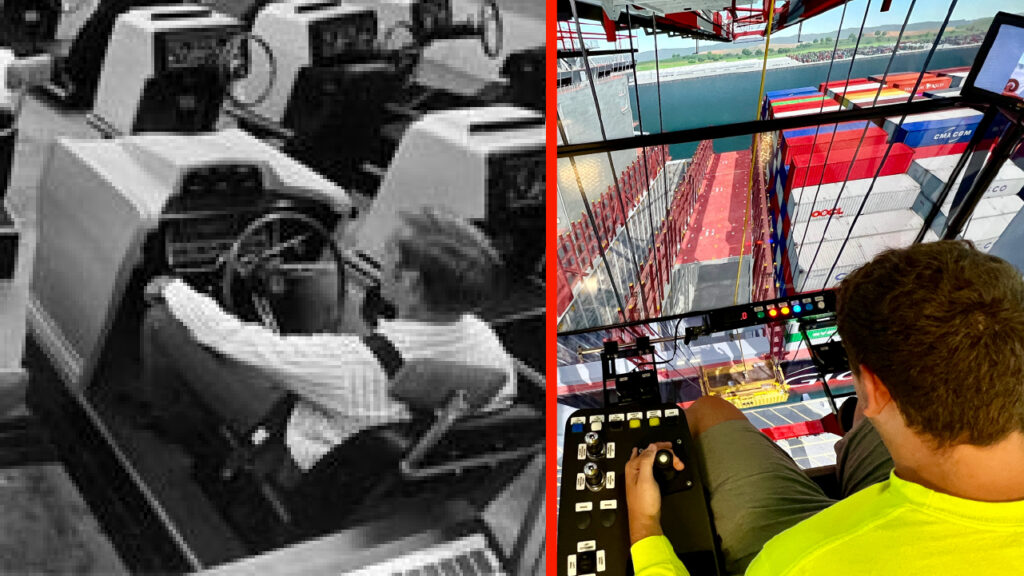Crane operation has been an integral part of construction and industry for centuries, with the first recorded crane designs dating back to ancient Greece. As technology has progressed, so has the way we train crane operators. One of the most significant advancements in this field is the development of crane simulators. Let’s take a journey through the history of crane simulators, from their humble beginnings to their modern, high-tech iterations.
Early Days of Crane Training
Crane operation used to be taught through a combination of on-the-job training and apprenticeships. The learning curve was steep, and mistakes could be costly. Training on actual cranes was not only time-consuming but also posed safety risks. As a solution to these problems, early attempts at crane simulation emerged in the form of simplified physical models and basic lever systems.
The Birth of Computer Simulators
The first actual crane simulators appeared in the late 20th century, thanks to the rapid development of computer technology. These early computer-based systems offered a safer, more efficient, cost-effective way to train crane operators. They typically consisted of a computer, a projector, and a control interface resembling a crane’s cabin controls. The software was basic but effective, helping trainees become familiar with crane operations in a controlled and risk-free environment.
Advancements in Graphics and Realism
With the continuous evolution of computer technology, crane simulators have become increasingly sophisticated. In the early 2000s, plasma screens and then LED displays became widely available and were incorporated into simulators, replacing most projector screens. High-quality graphics and realistic physics engines have allowed trainees to experience crane operation in a virtual world that closely mirrors real-world conditions. This level of realism has enabled operators to practice complex maneuvers, improve hand-eye coordination, and enhance decision-making skills.
Integration of 3D Visualization
The late 20th and early 21st centuries saw a significant leap in crane simulator technology with the introduction of 3D visualization. This innovation has allowed trainees to immerse themselves in highly detailed virtual environments with realistic weather conditions and visual models of actual ports, cities, and military bases. 3D visualization has transformed crane simulation into a more engaging and practical training tool, closely replicating the conditions operators face on construction sites and in industrial settings.
Safety and Efficiency Benefits
One of the key advantages of crane simulators is their ability to enhance safety and efficiency in training. They allow operators to practice under various conditions, including emergencies and challenging weather, without risking injury or damage to equipment. This safety training reduces the potential for accidents and minimizes the wear and tear on physical cranes, extending their lifespan and reducing maintenance costs. Additionally, operators can practice crane operations for certification examinations in a virtual environment.
Modern Crane Simulator Technologies
Today’s crane simulators are highly advanced, often featuring multiple display screens, force feedback controls, and even virtual reality (VR) capabilities. These simulators can replicate a wide range of crane types, such as tower cranes, mobile cranes, ship-to-shore cranes, gantries, and more, allowing trainees to specialize in their preferred field. Instructors can monitor trainee progress, offer feedback, and track performance metrics for comprehensive training.
The history of crane simulators is a testament to the ever-evolving technology that shapes the way we train crane operators. From simple lever systems to highly advanced computer-based and VR-enabled simulators, these training tools have revolutionized the industry. They provide a safe and effective means of preparing operators for real-world challenges, all while promoting safety, efficiency, and competence in crane operations. As technology continues to advance, we can only expect these simulators to become even more realistic and invaluable for the crane industry.
